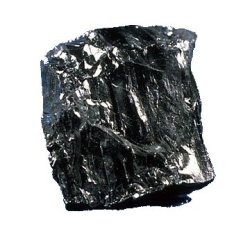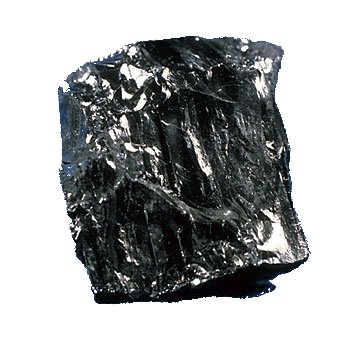
The red dot on this piece of coal is from the sights of an EPA sniper.
The worst thing about the way in which the EPA is killing coal is how sneaky it’s being about it. I mean, you’d think that the agency could just be direct about killing off the coal industry, using its regulations and what-not, but instead it’s going through this ridiculously complex effort: shifting the international market for energy; diminishing Appalachian coal seams; making it easier to extract natural gas. I mean, you really have to admire it — so devious, yet so effective.
Here’s one example. The Charleston Gazette ran a feature focused on the slowdown in the coal industry. It’s a smart, poignant look at affected workers and how the decline in jobs trickles out through a region that is deeply dependent on coal. And then it turns to the EPA.
The belief in Eastern Kentucky is that federal environmental rules are to blame for the loss of coal jobs — the “war on coal” that officials in the region decry — but several analysts said other factors led to the layoffs this year.
Most notably, they pointed to historically low prices for natural gas and the unseasonably warm winter of 2011-12, which left power plants with stockpiles of coal.
Other factors, such as the slow recovery in manufacturing and the broader economy, also have played parts in the drop in demand for coal.
Changes in drilling technology have allowed companies to unlock vast new sources of natural gas in recent years, sending supplies up and prices sharply down.
It goes on and on: increases in production costs, decreases in coal spot prices, etc.
It’s obviously the federal government that is fracking up all that natural gas. Without a doubt, the EPA is behind coal-seam depletion in Eastern Kentucky. And clearly government regulation made the winter so warm. (See Senate bill S.451 in the Congressional Record.) And yet the Gazette broadly lets the EPA off the hook.
ProPublica makes the same mistake in its reporting on the Signal Peak mine in Montana:
When Gunvor, one of the world’s largest energy traders, invested $400 million in a troubled Montana coal mine [in October 2011], it looked like a promising deal. The plan was to sell much of the coal to the booming Asian market, where it was fetching far more than the prevailing price in the U.S. …
But shipping coal to the Asia Pacific region was not as straightforward as it seemed. Gunvor expanded from its core of trading oil into other energy sectors just as the price of coal in the U.S., Asia and elsewhere tumbled in part because U.S. power plants are burning cheaper natural gas. Now, the Geneva-based company is battling unexpected economic, political and legal headwinds in the U.S. …
The price for U.S. thermal coal — the kind produced at Signal Peak and other mines in the Powder River Basin in the western U.S. — has slumped in key Asian countries. Federal energy agency data show China’s price per ton of U.S. thermal coal in the first quarter of 2012 plunged to $56 from $121 in the first quarter of 2011.
Again, the coal-dusted fingerprints of the EPA are all over this. Or, I guess, not-coal-dusted. The clean fingerprints? I don’t know. Point is: there’s no question that the price of coal is falling rapidly in Asia because of the stranglehold the EPA has over Asian energy markets. Here is a quote I made up from Kim Jong-Un*: “We wish the EPA would release its stranglehold on North Korean energy.” (* Kim seemed like the leader least likely to sue.)
Conservatives are right: the EPA is destroying the nation’s coal industry — by changing the world’s consumption patterns and resource extraction economics.
Actually, let’s just blame Obama. Kim Jong-Un never liked him anyway.



